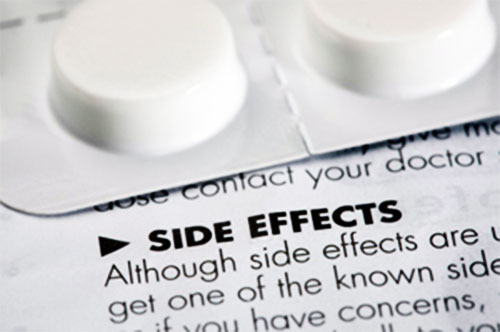Only 1% of serious adverse drug events reported to FDA
While federal health regulators and safety officials use adverse event data to identify potential risks associated with drugs or devices that are already on the market, a report suggests that only a tiny fraction of issues are ever submitted, which may allow serious side effects to go unnoticed.

Researchers with the Institute for Safe Medication Practices (ISMP) indicate that only about 1% of all serious adverse drug reports are submitted to the U.S. Food and Drug Administration Adverse Event Reporting System (FAERS), according to findings published in the group’s QuarterWatch Report.
The ISMP is an independent organization, which evaluates adverse event data submitted to the FDA, and issues a quarterly report that highlights potential trends or emerging risks based on reports submitted by consumers, physicians and manufacturers.
In the report, researchers looked at five case studies from 2017, which included the best-documented adverse drug events. These included severe gastrointestinal problems linked to Mobic and Celebrex, movement disorders linked to Risperdal, bleeding events linked to Eliquis, and tuberculosis reports associated with Humira.
“Based on this sample of the best-documented adverse drug events, we estimate that approximately 1% of the serious injuries occurring are reported to FAERS,” the report states. “But the variability was large, ranging from fewer than 1 per thousand for some serious but frequent adverse events to a reporting rate of 7.6% for a rare but serious adverse effect of a newer drug receiving more post-market surveillance from the drug manufacturer.”
FAERs is the primary system used to monitor adverse drug events, and receives more than 400,000 reports of serious injury and death linked to medications every year. Conventional wisdom has always suggested that only about 10% of events were being reported, which suggests that as many as 4 million people nationwide suffer a serious or fatal injury every year.
With the variation in ranges from one drug to another, and other factors, the ISMP researchers ultimately calculated that number was closer to 5.7 million.
“The results from five in-depth case studies describe a useful range of estimates of both the number of injuries and the fraction reported to FAERS. They further support a conclusion repeated frequently in QuarterWatch reports: because of variability in reporting rate, the number of adverse event reports in this system does not provide reliable information to estimate the incidence of adverse events – but it helps establish the strength of the association,” the researchers determined.
“Even viewed as an order of magnitude estimate of serious injuries attributable to therapeutic drugs, these data emphasize the need for better surveillance of the risk of injury from the therapeutic use of drugs, and more aggressive interventions to reduce risk and assure safe use.”
yogaesoteric
March 11, 2020
